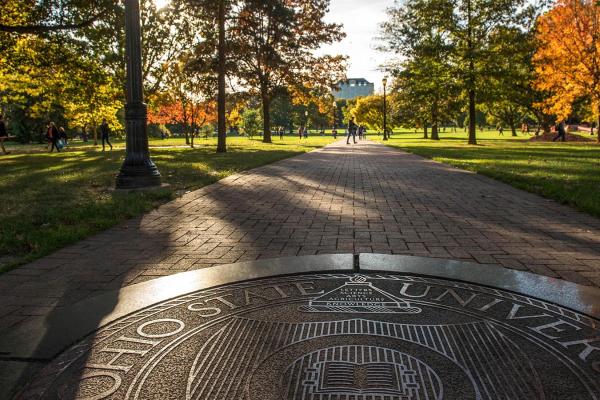O Tannenbaum

Clark Griswold: “We're kicking off our fun old-fashion family Christmas by heading out into the country in the old front-wheel drive sleigh to embrace the frosty majesty of the winter landscape and select that most important of Christmas symbols.” (National Lampoon’s Christmas Vacation, 1989)
For many families like mine, selecting a Christmas tree involves driving out to the Christmas tree farm, hiking through the snow until we find the perfect tree, cutting it down, and spending what feels like hours setting it up in the house. What we often don’t consider or question however, is “why are we doing this?” Why do millions of people bring live trees into their houses for a month each year and cover them in decorations?
It turns out there are centuries of history behind this quintessential Christmas tradition. While 16th-century Germans are often credited with the origin of the modern Christmas tree, the traditions of tree worship and use of evergreens as symbolic decorations date back to Egyptian, Chinese, Roman and even Viking cultures. For example, during the Saturnalia festival, which took place from around Dec. 17th – 23rd and is often linked to early Christmas celebrations, Romans often decorated with evergreen wreaths. And medieval mystery plays performed on Dec. 24th and centered on the story of Adam and Eve would often include a “tree of paradise” that was decorated with red apples and wafers.
The Christmas tree tradition reached North America in the late 1700’s and increased in popularity in the early 1800’s. Most often, people would cut down trees from the surrounding forests. In 1901, the first Christmas tree farm of Norway Spruce was established in New Jersey. And in the mid-1900’s, the industry started to expand at a rapid rate across the country, including both more farms and a greater diversity of trees grown.
The Christmas tree industry has continued to grow and now represents a major subset of specialty crop production in the United States. The top producing states include Oregon, North Carolina, Michigan and Pennsylvania (interestingly though not surprisingly, Nevada is the only U.S. state that did not produce any Christmas trees between 2002 – 2012). Cultivated Christmas tree production was valued at ~$377 million in 2017. And to support this multimillion-dollar industry, researchers at key land grant institutions including North Carolina State and Oregon State University work to improve the most popular Christmas tree varieties through breeding and extension efforts.
So, whether you prefer a Clark Griswold or Charlie Brown tree, you are participating in a more than 2,000-year old tradition that is now a major economic industry in the United States. Happy Holidays!
Rusty Griswold: “Dad, this tree won’t fit in our backyard.”
Clark: “It’s not going in our backyard, Russ. It’s going in the living room.”

Photo: My family setting out to find our perfect Christmas tree.
References
- https://en.wikipedia.org/wiki/Christmas_tree#Public_Christmas_trees
- https://en.wikipedia.org/wiki/Christmas_tree_production_in_the_United_States
- https://www.ncforestservice.gov/nursery/xmastree_breeding.htm
- https://horticulture.oregonstate.edu/nursery/program-themes/christmas-trees
- https://www.realchristmastrees.org/dnn/Portals/22/Files/STATES%20BY%20TREES%20HARVESTED.pdf
- https://www.realchristmastrees.org/Portals/22/2019%20Membership/2017%20Census%20of%20Agriculture%20-%20Christmas%20Trees.pdf?ver=2019-04-22-233829-647
Written by TPS Fellow Katie D’Amico-Willman
